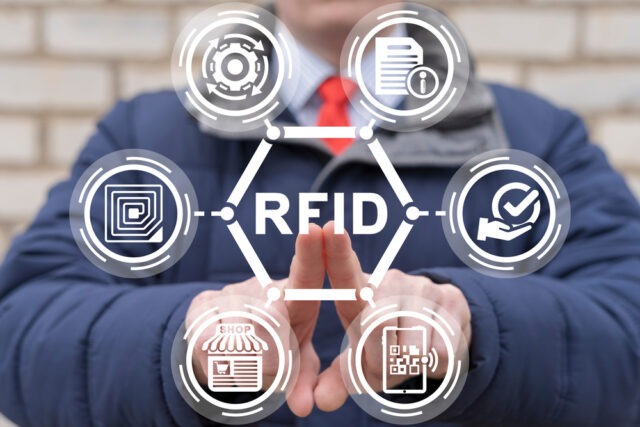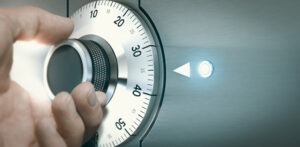
Your home, car, and other expensive possessions are valuable to you and your family. They provide comfort and security for you, as well as for your children. However, most homeowners have no idea how much their possessions are worth until they experience theft, fire, or another natural disaster.
In a disaster situation, you may face the loss of your home and all of its contents. Without giving protection to your items, you might not be able to secure your valuables and end up buying replacements. So, it’s vital to protect your belongings before a burglar or disaster strikes.
That said, this article includes a list of five practical tips for protecting your valuables, including:
- Investing In Vaults
Protecting your valuables by keeping them in an ordinary box or safe is not enough. Instead, you need something that can withstand fires, floods, earthquakes, and tornadoes.
Investing in vaults from Guardian Vaults is the best way to protect your valuables. These high-quality storage containers are designed specifically for security purposes and built using the heaviest materials on the market today. They are also designed with advanced technology, making them nearly impossible to break into without the right tools and experience.
When buying a vault, invest in one that can withstand almost any disaster imaginable. Look for one made from solid steel or reinforced concrete and steel frames that can hold out against high winds and heavy rains without moving or breaking apart during an earthquake or flood event.
- Making A List Of Your Valuables
Some individuals don’t realise they have valuable items until they look through their belongings after a disaster strikes. If you don’t know what you have, you won’t be able to protect it. So, ensure everyone in your household knows which valuables belong to them so they can keep track of them.
Inventory all the items you want to protect. Include all valuables such as jewellery, art, clothing, and electronics. Make two copies of this inventory—one for yourself and one for your insurance company.
- Taking Pictures Of Your Valuables
In a flood, fire, or another disaster, it’s essential to prove that you own certain things. Thus, taking photos of your valuables is a good idea because it helps you identify missing or stolen items. Make sure to use a high-resolution digital camera or smartphone when taking photos to ensure that you can capture the necessary information.
If your homeowners insurance policy covers you, take pictures of all of your belongings and store them in a safe place. You’ll need these for filing an insurance claim if anything is damaged or lost. If you have expensive jewellery, consider taking additional photos of each piece individually before putting them inside a safe deposit box so a jeweller can identify them later if necessary.

- Storing Digital Copies For Backups
Another thing to consider is having a copy of all your digital files stored elsewhere. This strategy is vital because even if your computer is damaged or destroyed, you can still access the files if they’re backed up on another device.
You can buy external hard drives for cheap or use cloud storage services to keep copies of your files in the cloud. Doing so makes it easier for you to recover your valuable documents if something happens to your computer.
- Installing Identification Tags
In an emergency, time is of the essence. So, an inexpensive way to protect your valuables is by installing identification tags. This technique ensures that you can easily find your things and compile them together even after a disastrous event.
These items can be as simple as a piece of masking tape with your name and contact information printed on it (including phone number, email address, and home address). This method works well for small personal items like wallets and keys because they’re easy to find. You can also use large pieces of paper to label larger objects like TVs, computers, or appliances. Make sure that whatever you use won’t get lost in the shuffle when everything gets packed up.
For a more advanced alternative, you may consider attaching a metal tag or engraving each item with its unique serial number. This modern tactic prevents burglars from taking away your things because your stuff has indefinable tags. Even if they succeed in stealing your valuables, this technology enables the local authorities to return them to you.
Takeaway
As a homeowner, you must secure expensive items to avoid repurchasing them. You can do so by following this five-step guide to protecting your valuables. In turn, you won’t have to allocate a budget to buy more products since you can locate them quickly.


































